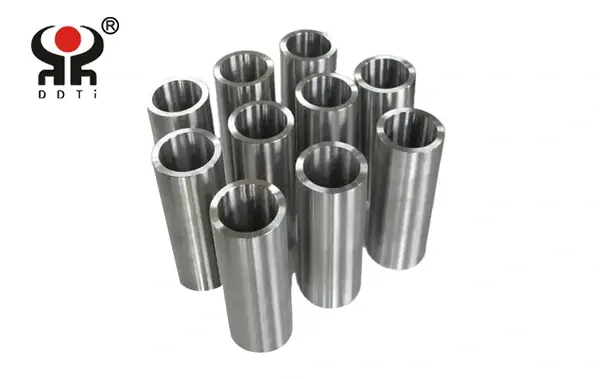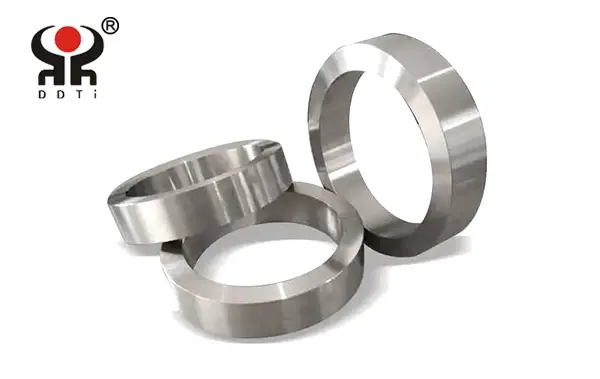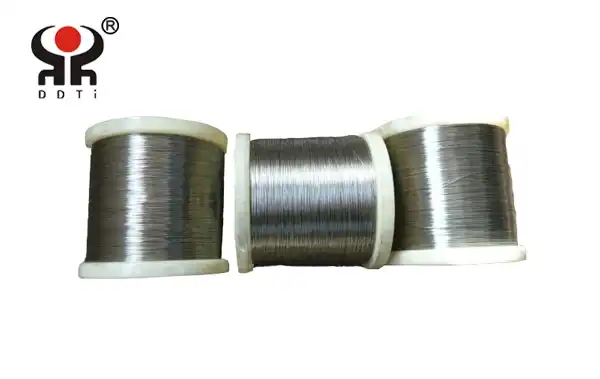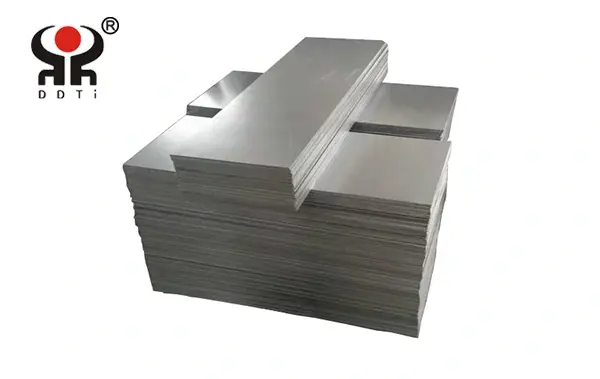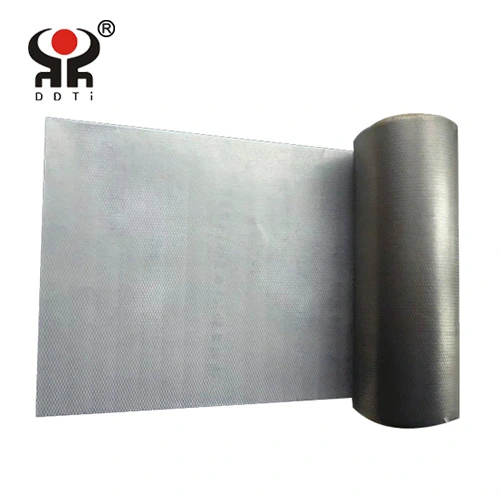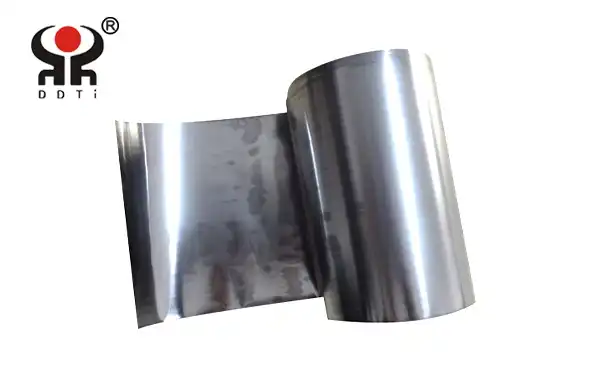Research on the Pitting Corrosion Characteristics and Laws of Titanium
2025-02-18 14:52:01
Generally speaking, point corrosion of titanium is more difficult to occur than crevice corrosion, which usually occurs in the form of point corrosion on the crevice surface. Electrochemical technology can be used to determine the pitting corrosion potential of metals and evaluate their tendency towards pitting corrosion. When the pitting corrosion potential exceeds the rupture potential of the surface oxide film, pitting corrosion occurs on the oxide film.
The point corrosion of titanium exhibits the following characteristics and patterns:
1.In chloride or bromide solutions, as the temperature increases, the point corrosion sensitivity of titanium also increases. The effect of pH value on the pitting corrosion resistance of titanium is relatively small. Experimental data shows that the rupture potential of titanium in sulfate or phosphate solutions is very high, about 100V, making it less prone to pitting corrosion. In contrast, the rupture potential of titanium in chloride solutions is about 8~10V, and may be lower in bromide or iodide solutions, only about 1V. Therefore, titanium is more likely to undergo pitting corrosion in halide solutions.
2.When the iron content in titanium is high, its resistance to pitting corrosion will decrease. The Ti Fe phase is usually the nucleation site for pitting corrosion. For example, the ruthenium oxide coated titanium anode used in the chlor alkali industry, if the impurity iron content is high, the point corrosion of titanium itself will cause damage to the ruthenium oxide coating.
3. The surface pretreatment state has a significant impact on the pitting corrosion of titanium. After vacuum annealing and anodizing treatment, titanium has the highest point corrosion potential and is less prone to corrosion; After polishing with wet sandpaper, titanium is most prone to pitting corrosion. In addition, under the same surface pretreatment conditions, grade 3 industrial pure titanium has the highest pitting corrosion potential and the lowest pitting corrosion sensitivity. Experimental data shows that increasing the oxygen content of titanium can enhance its pitting corrosion potential, thereby improving its resistance to pitting corrosion.
4. Surface roughness or friction with metals such as zinc, iron, aluminum, manganese, copper, etc. on titanium surfaces can promote the occurrence of pitting corrosion. However, certain anions such as sulfate, nitrate, chromate, phosphate, and carbonate can enhance the pitting corrosion resistance of titanium.
5.The occurrence and development of pitting corrosion usually go through three stages: nucleation, growth, and re passivation. The nucleation condition is that the potential at which titanium is located is higher than the rupture potential of the membrane. Over time, the growth of corrosion points (pores) after nucleation can be observed. However, since the total area of corrosion holes is not fixed, the magnitude of current cannot be used as a quantitative scale for corrosion hole growth. Re passivation can suppress the development of pitting corrosion. In some cases, pitting corrosion may remain in the second stage and not enter the third stage, at which point the corrosion holes will stop developing.
Baoji Dingding Titanium Products Co., Ltd. is committed to producing high-quality titanium products.
